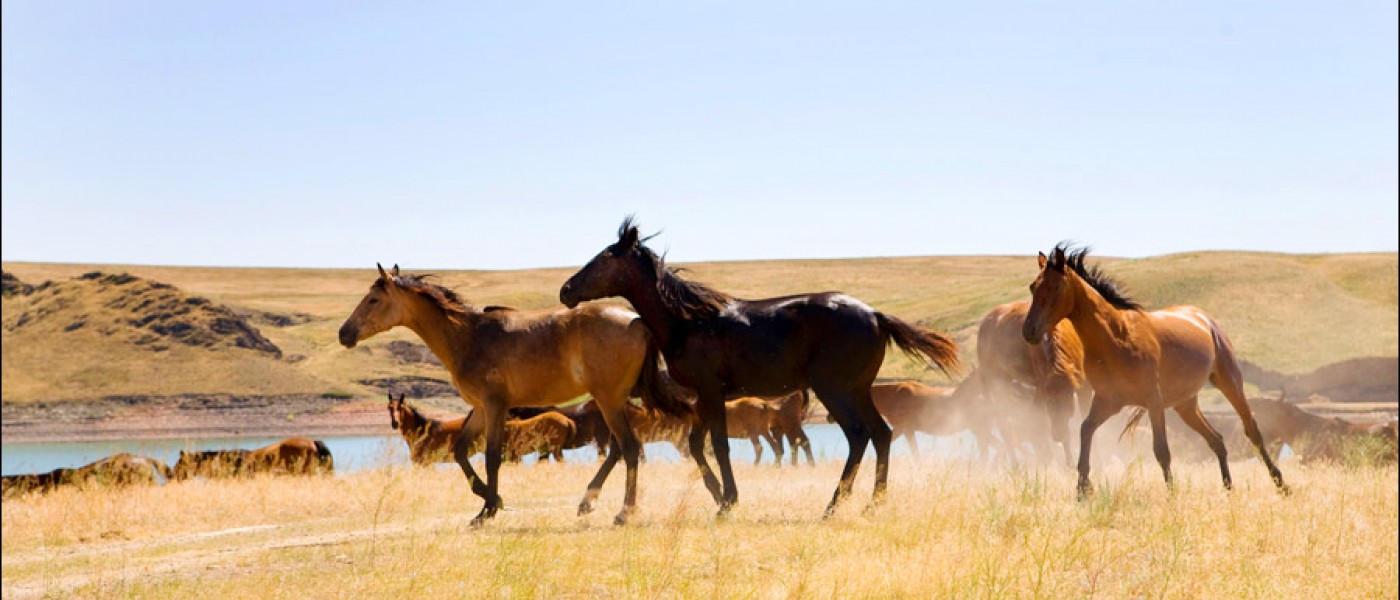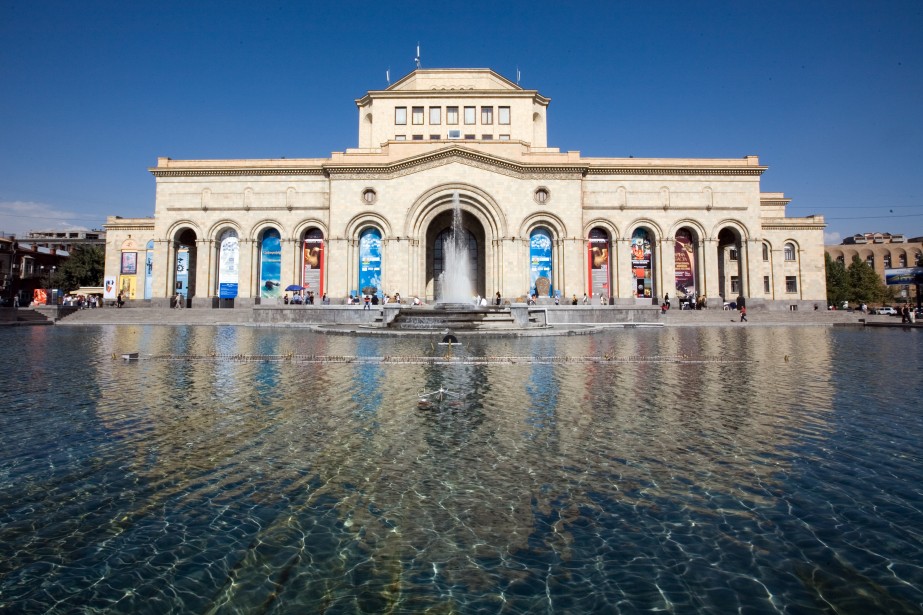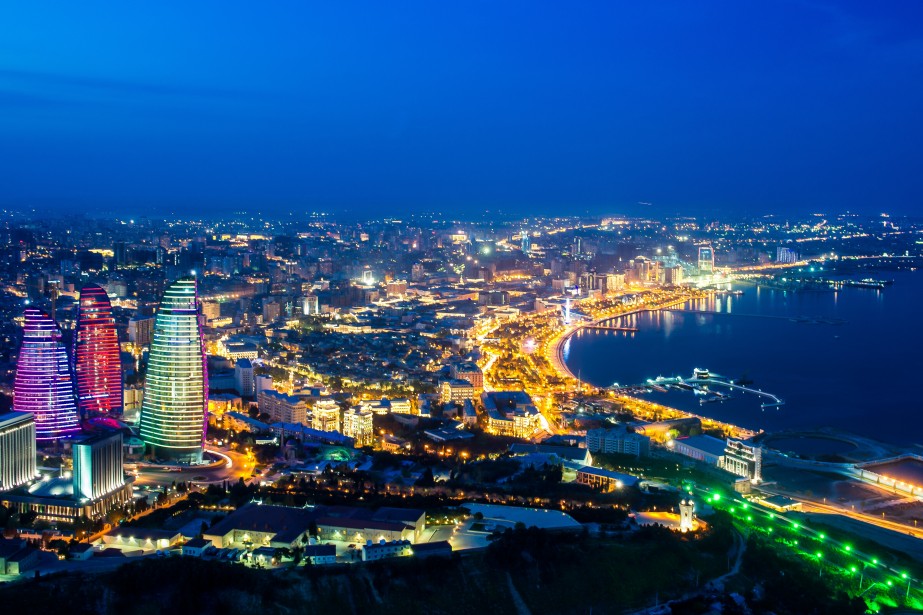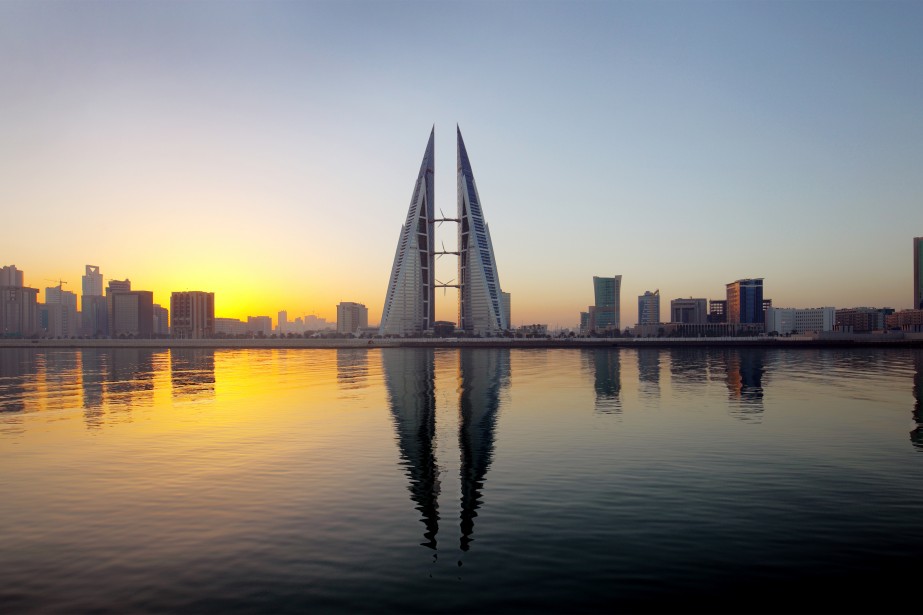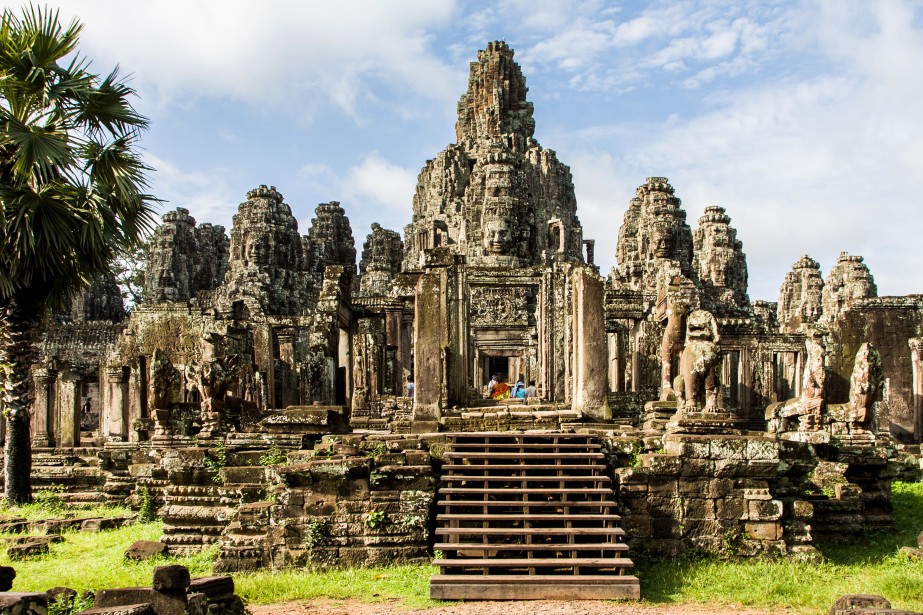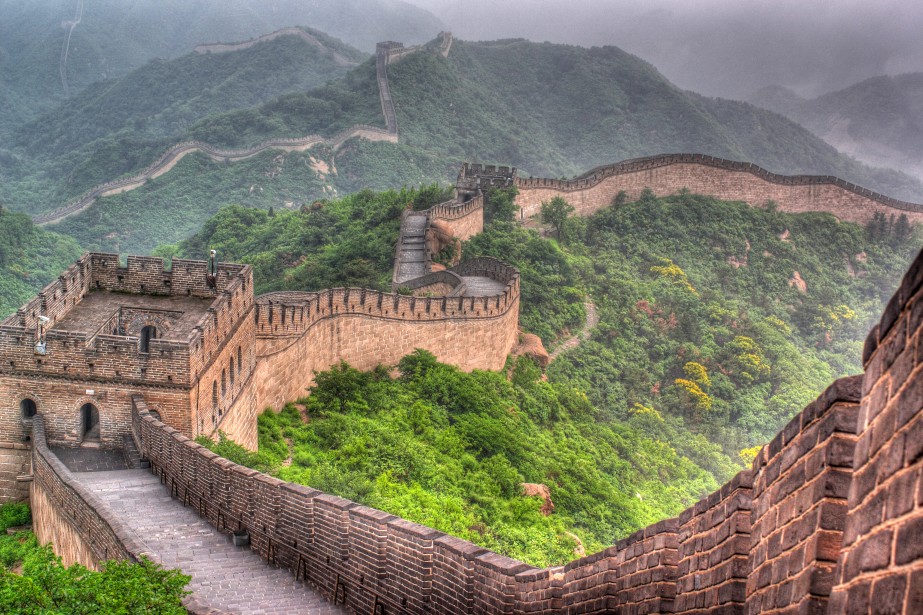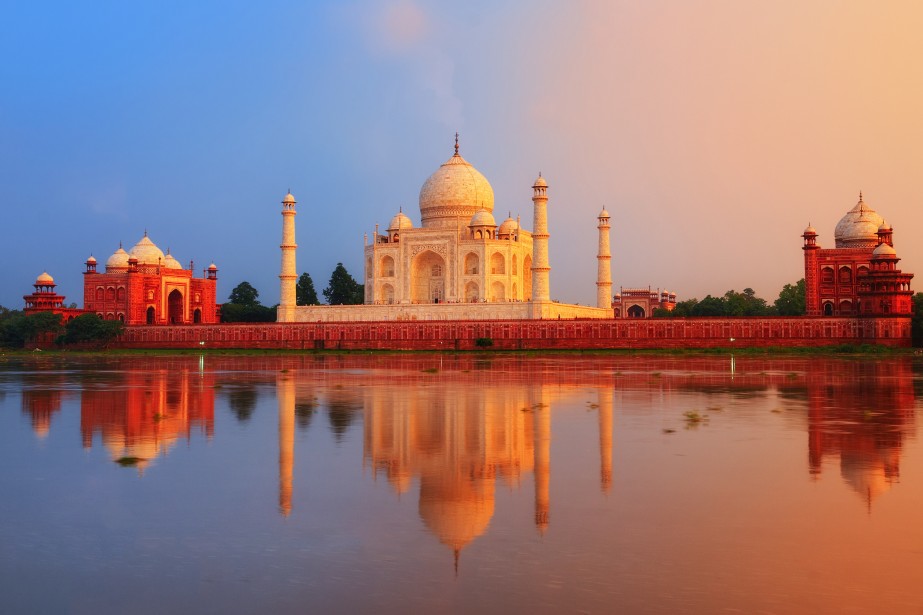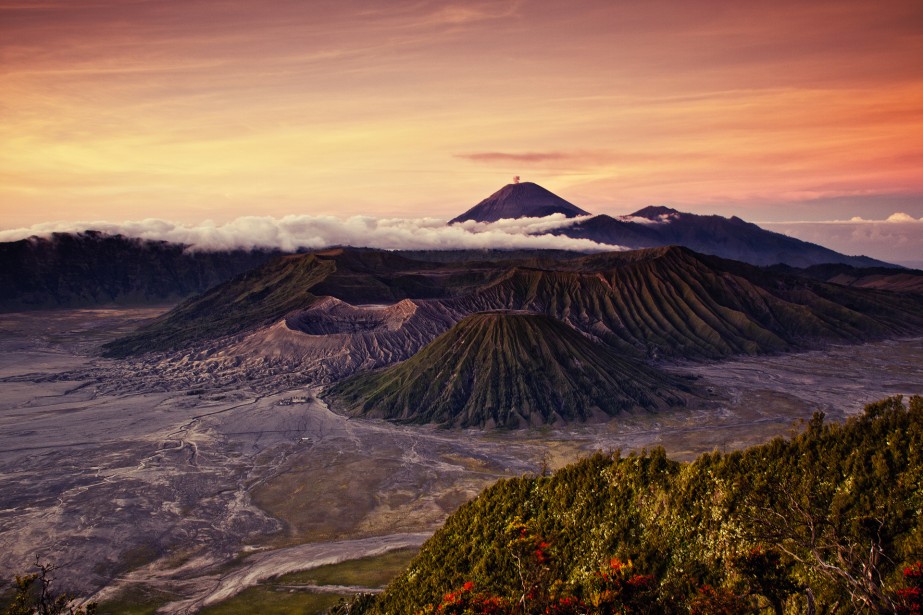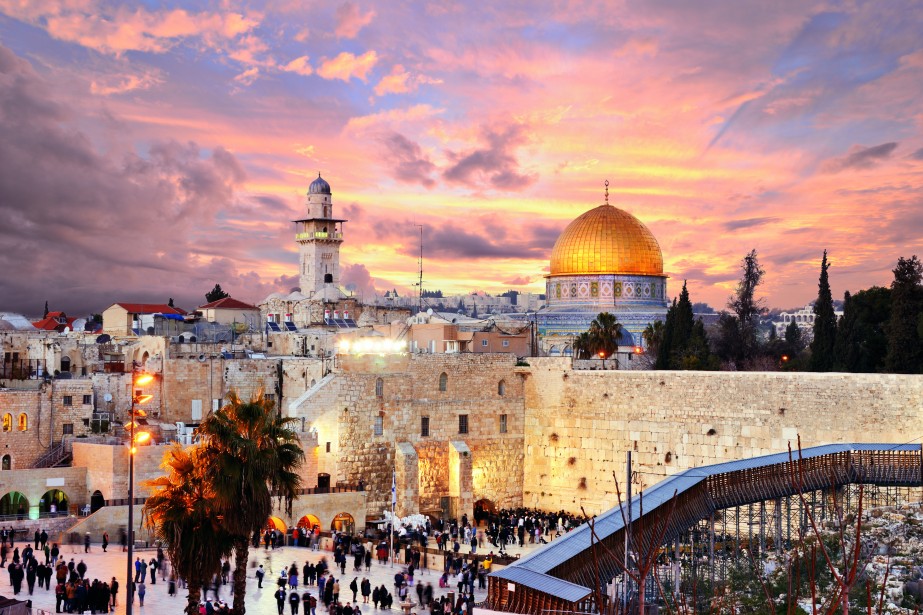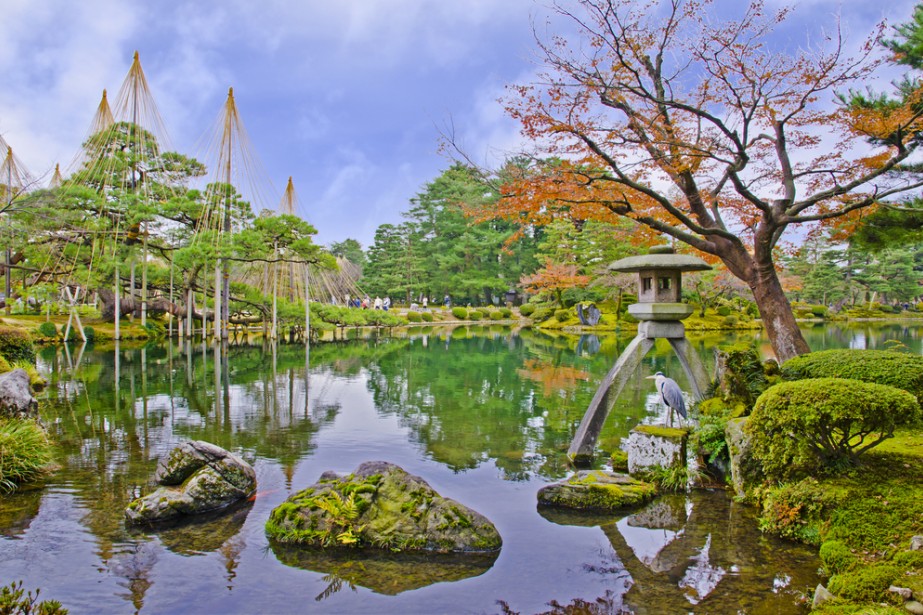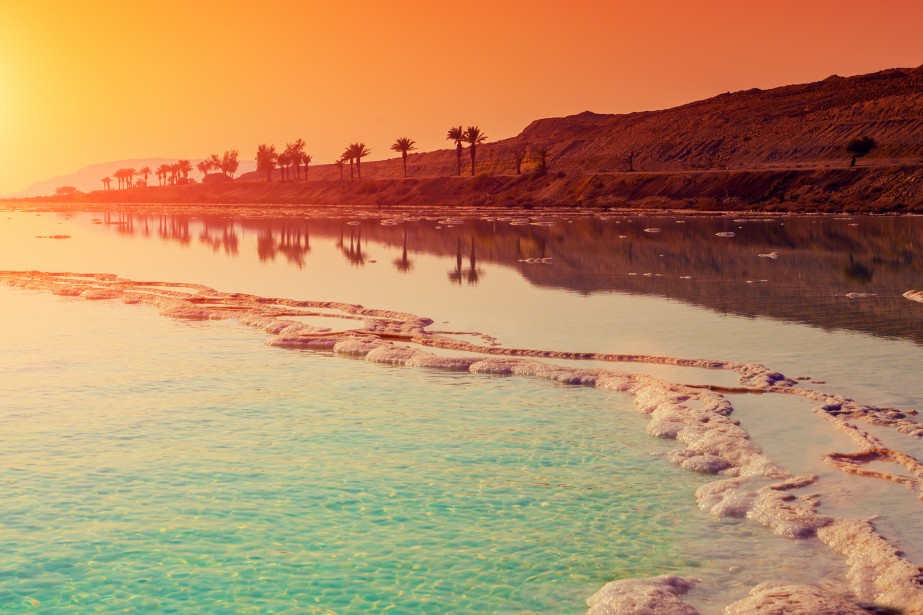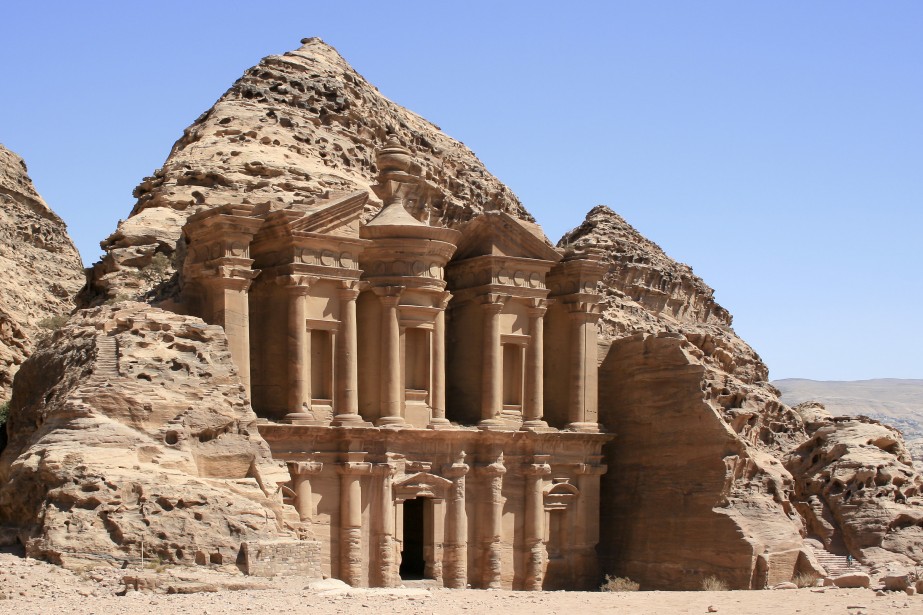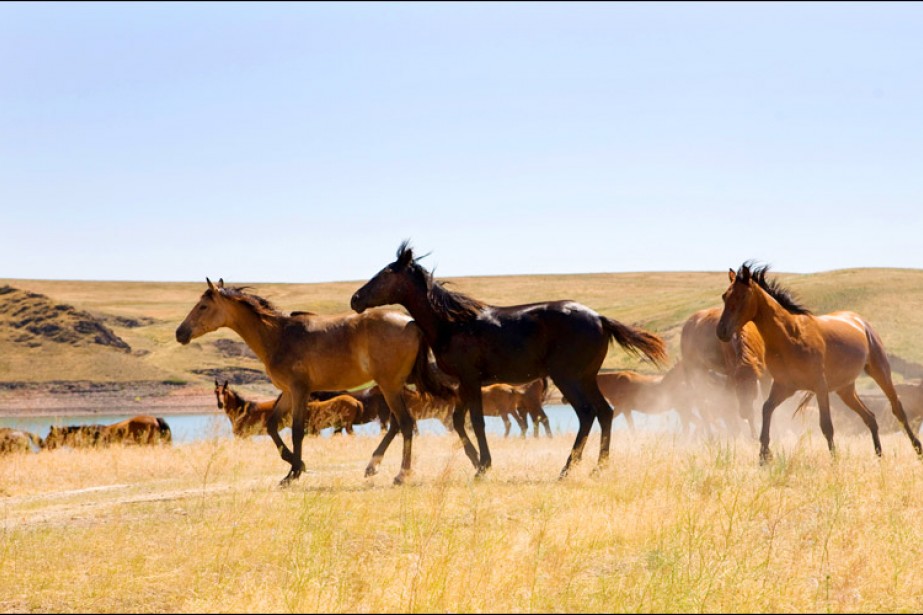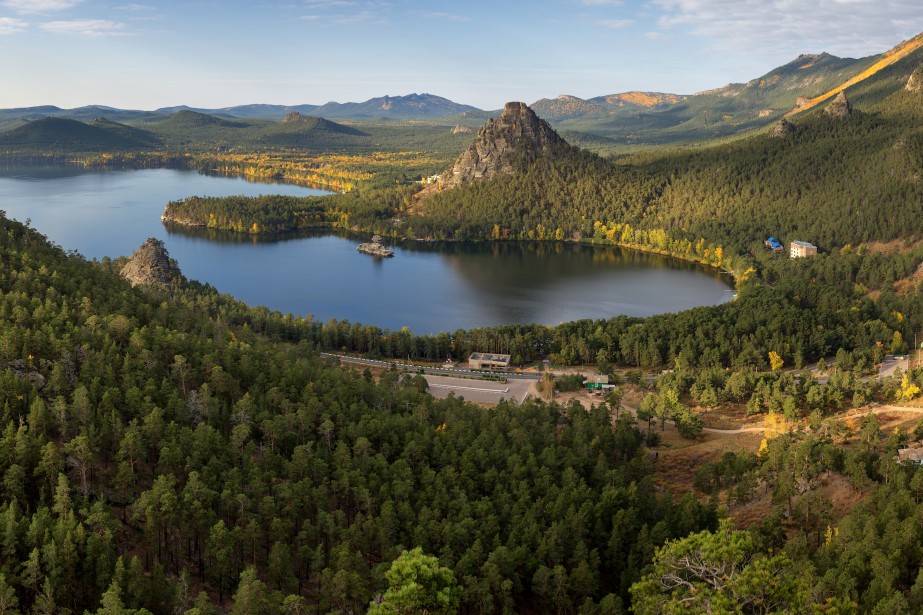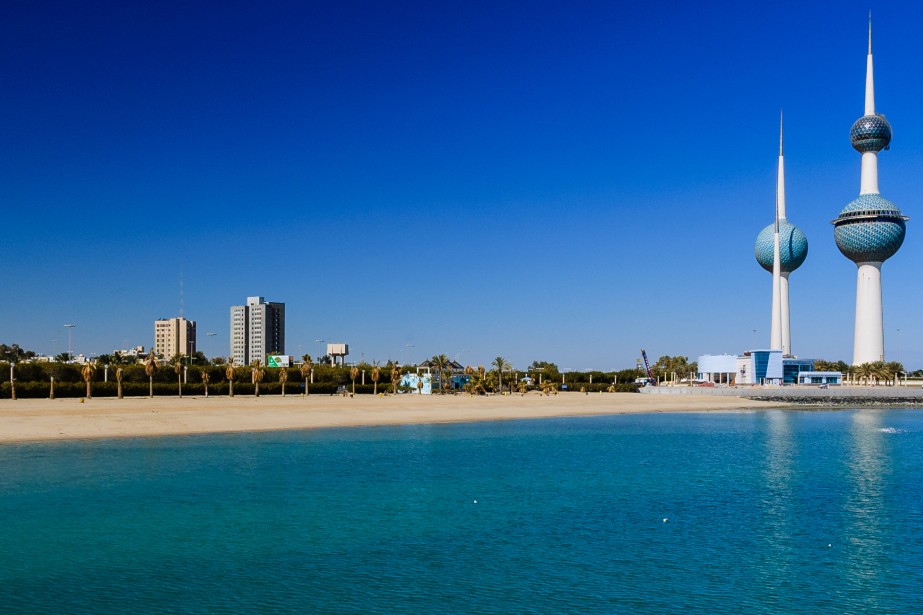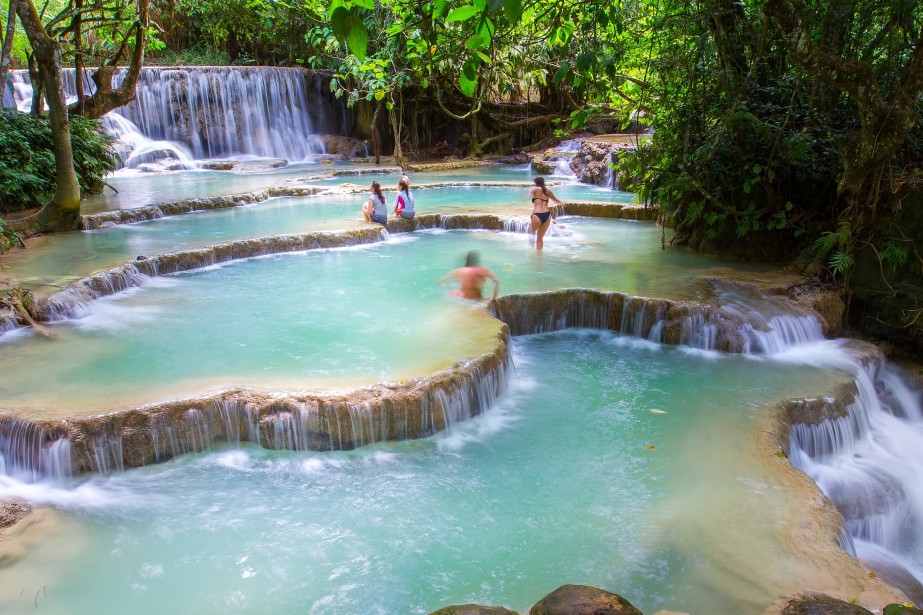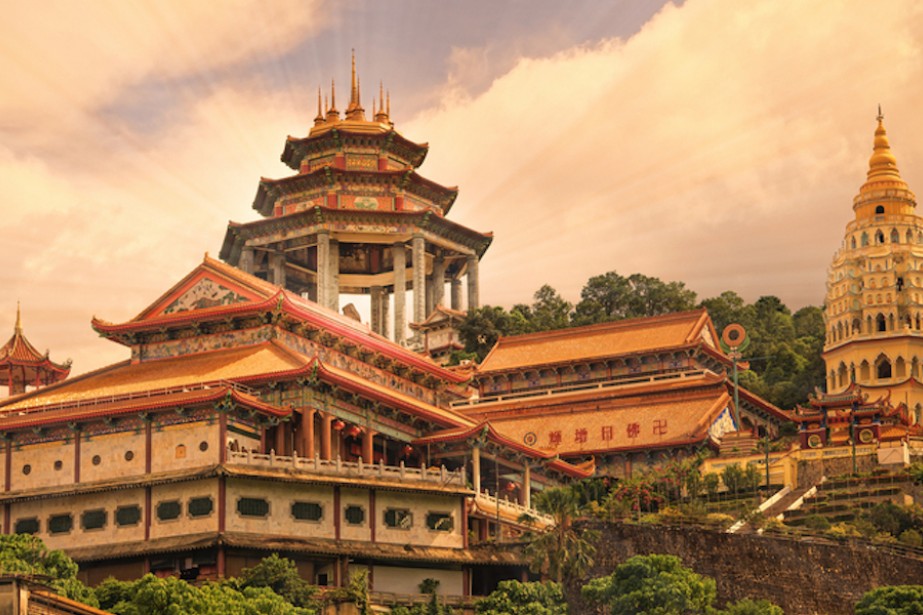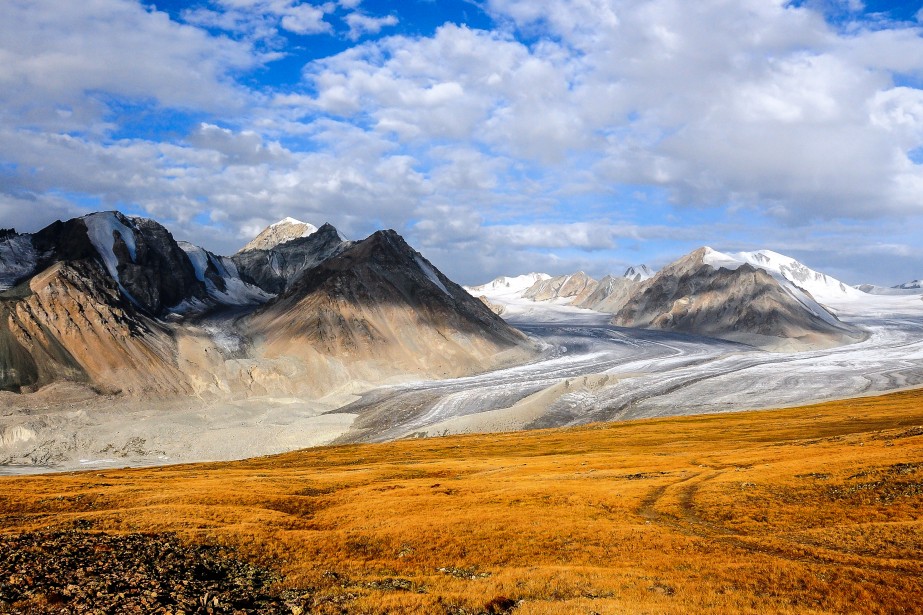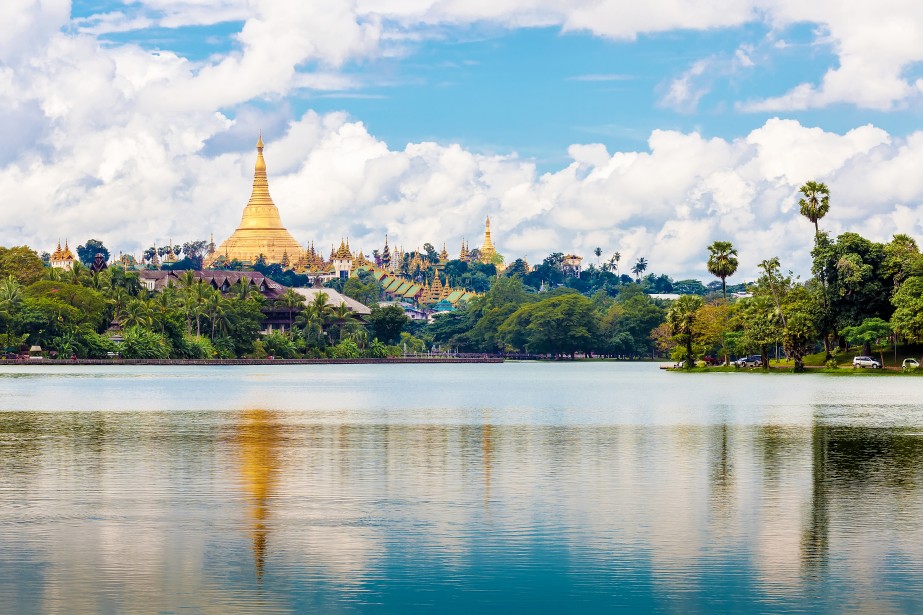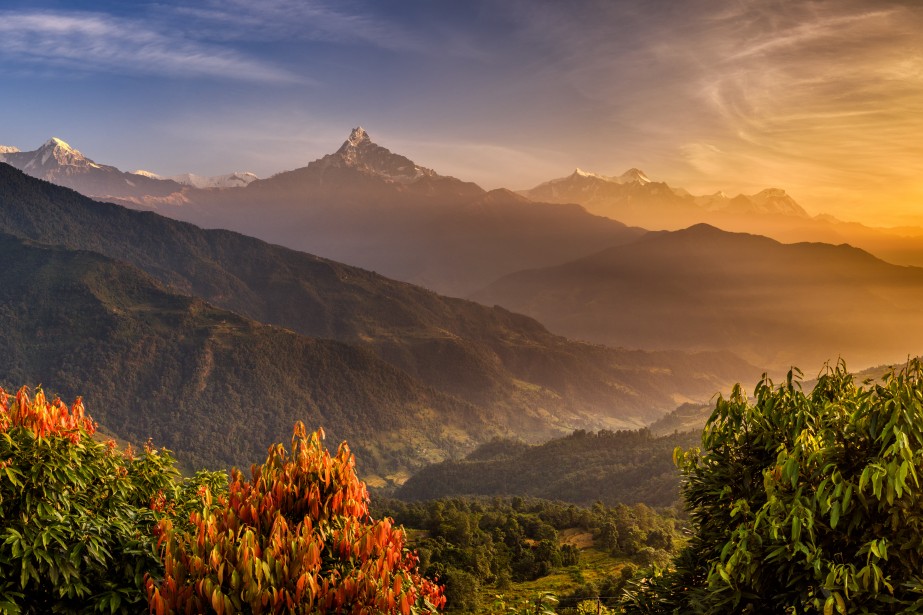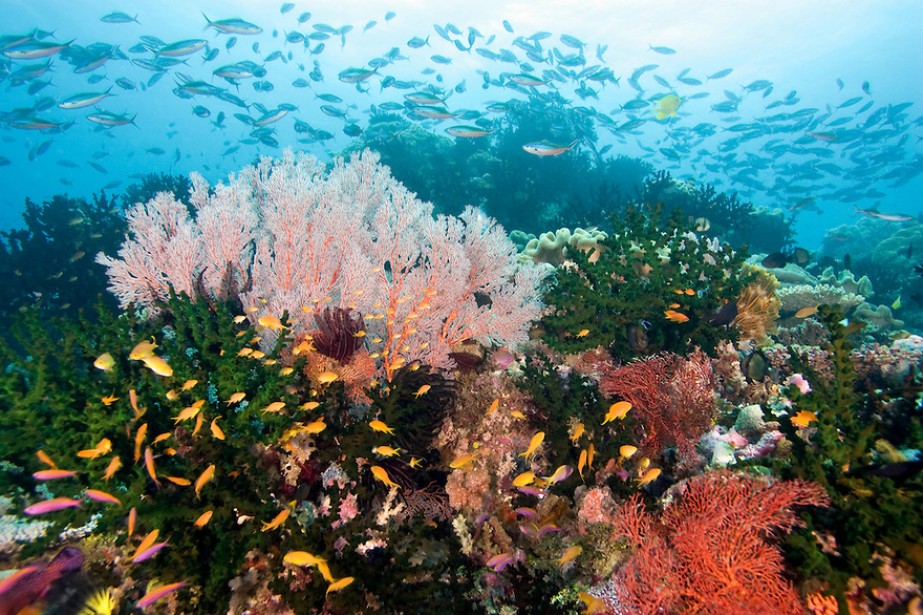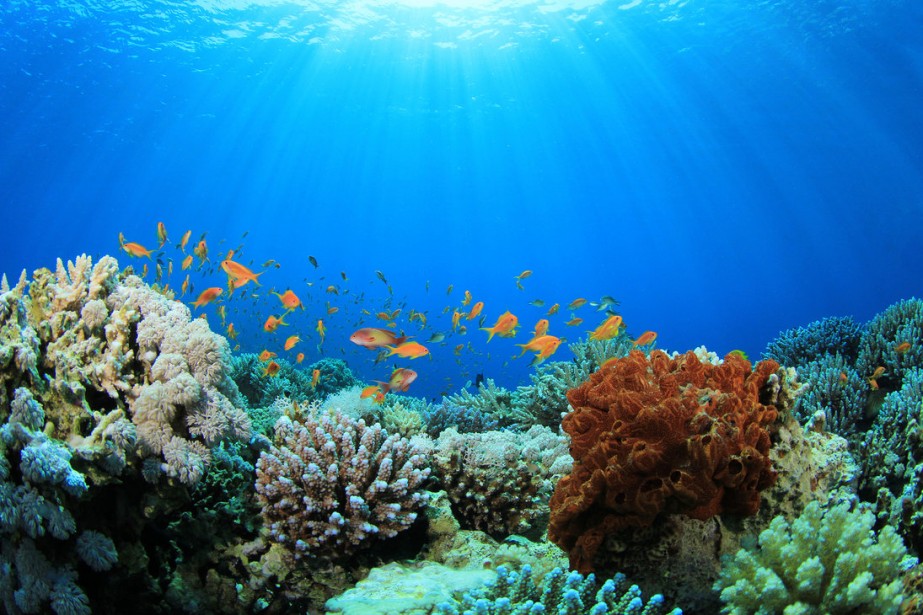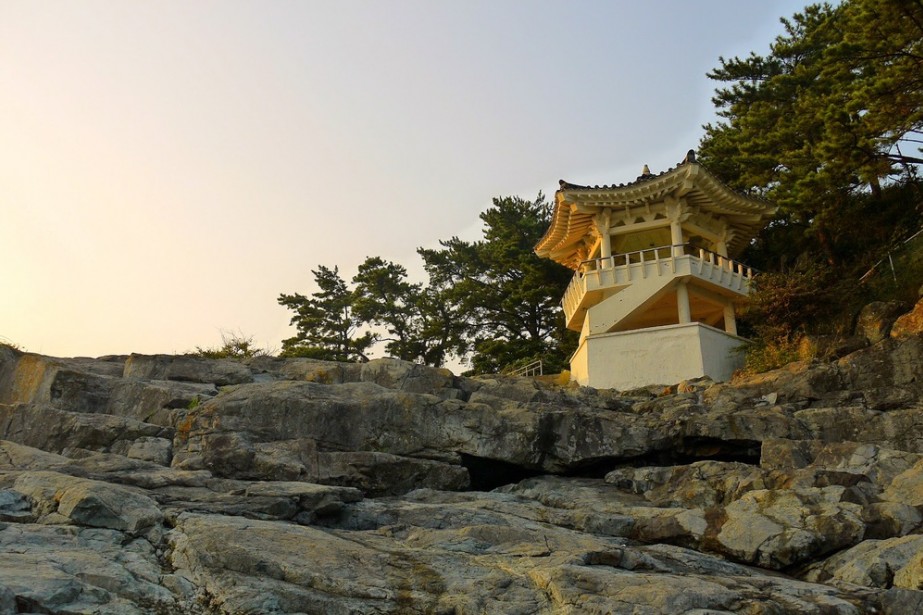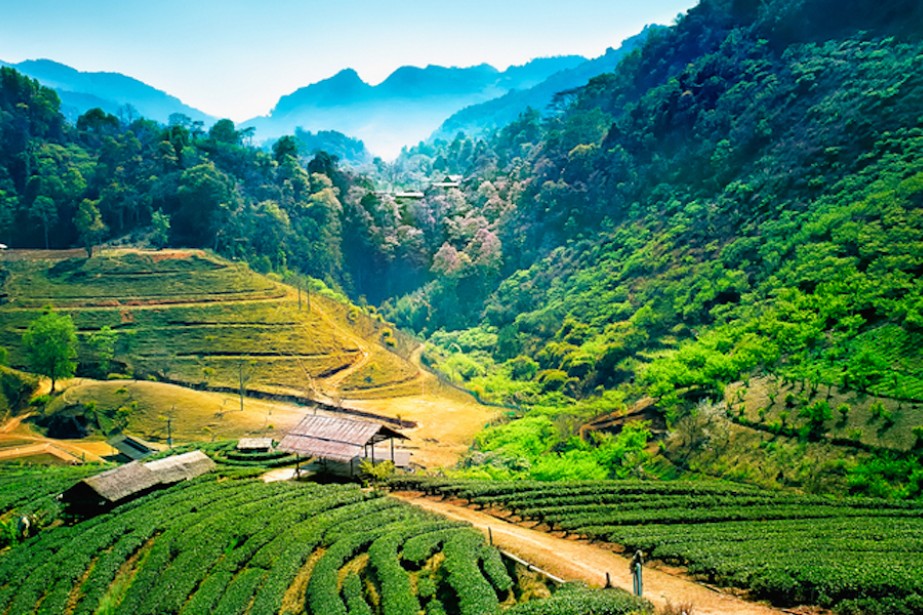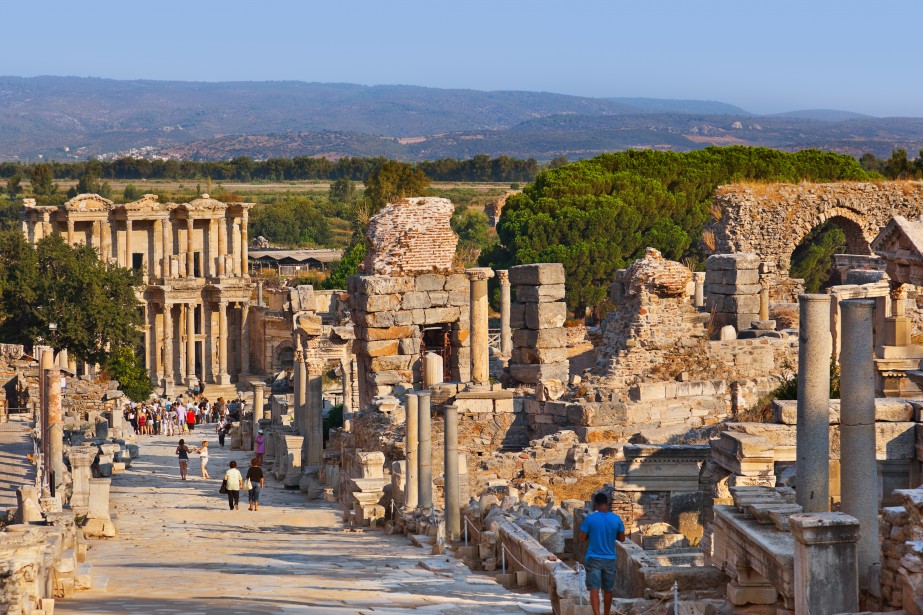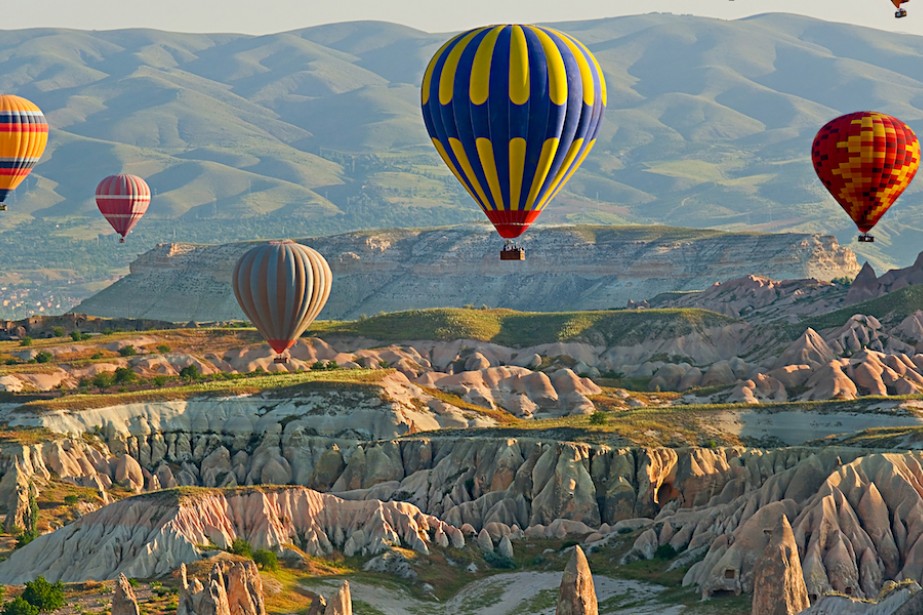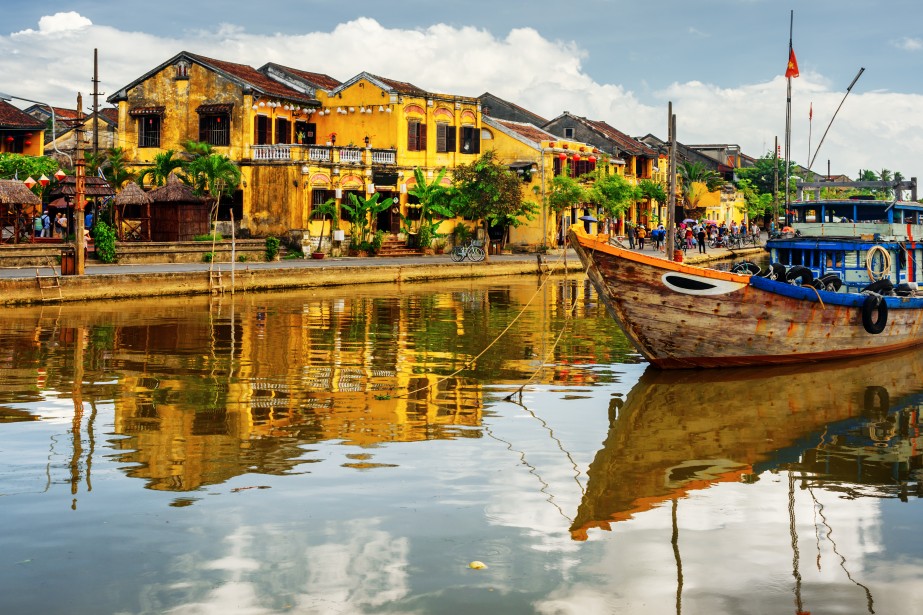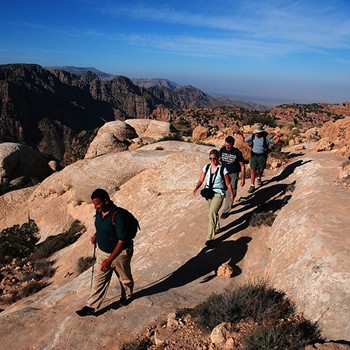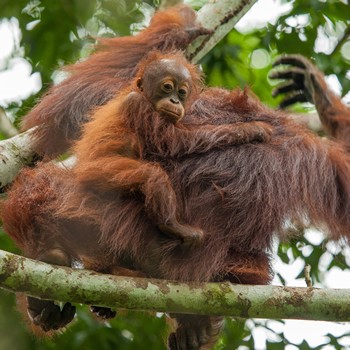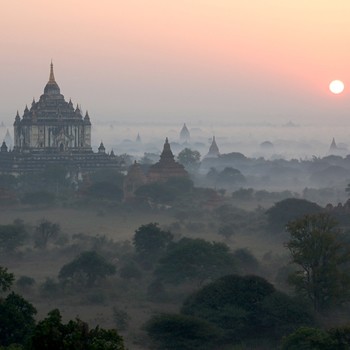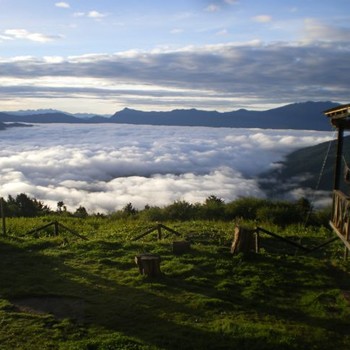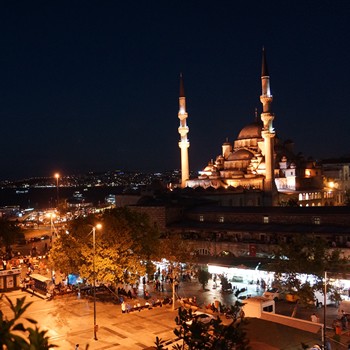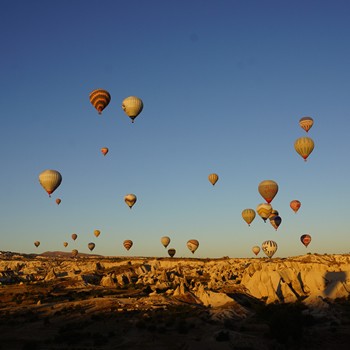Submitted by Claire Autruong on December 12, 2015
Overview
Many travelers aren’t sure what to expect when it comes to countries like Kazakhstan that are off the beaten path of the usual travel itinerary, but Kazakhstan knows how to surprise and delight. Compared to other Central Asian destinations, Kazakhstan is wealthier and more advanced, promising much better accommodations and amenities for tourists. On the metropolitan front, Kazakhstan offers two world-class cities in Almaty and the capital Astana.
For outdoor and adventure enthusiasts, not much can beat hiking the Tain Shan mountains, visiting traditional Kazakh villages, or finding the petroglyphs of Tamgaly. The large country is sparsely populated and features vast expanses of different types of terrain, including flatlands, steppes, taiga, rock canyons, deserts, snow-capped mountains and river deltas.
Kazakhstan’s rich history spans from the Neolithic age when man first domesticated the horse on the vast steppes to the Mongol Empire to the Russian Empire and Soviet Union to today’s independent and emerging state. The country is home to 31 ethnicities, and this amalgamation of cultures has led to strong regional interconnectedness and influence on everything from language to food.
Of course, when traveling to a region that has been the site of unrest, travelers should always do their homework on the current situation in-country, any visa requirements or warnings from their home countries, and stay aware of these situations as they travel. Kazakhstan shares borders with Russia, China, Kyrgyzstan, Uzbekistan and Turkmenistan, so travelers should also pay attention to conditions in those countries.
When to Travel – Weather
Kazakhstan is vast—the ninth-largest country in the world—and its climate varies widely. With swings as wide as 49 degrees Fahrenheit below zero (-45 degrees C) to almost 90 degrees F (30 C), weather will depend on what regions of Kazakhstan travelers plan to visit.
Generally speaking, there are activities to do in Kazakhstan year-round, so when travelers visit the country will depend on their travel plans. April to June is an excellent time to visit the steppes, especially as a nature enthusiast, as the hills will blossom with many species of flowers and huge flocks of migrating birds will arrive. May to September features the best weather, with July to September as high hiking season. November to April will bring winter conditions, with cold winds and snow, but if travelers are looking to ski Kazakhstan’s snow-capped peaks, this is the time.
Food and Drink
Kazakh food reflects its nomadic roots and the bounty of the herds shepherded across its great expanses. Travelers should be adventurous eaters to get the true experience of Kazakh traditional foods. The primary basis of the cuisine is in four kinds of meat: horses, camels, cows and sheep. Sheep and cow meat is considered common, while horses and camels are consumed for festivals or special occasions.
The country’s national dish is quwyrdaq, also known as kuurdak, a dish of roasted and stewed meat. It can be made with any meat except pork, and is typically cooked with mutton or beef. The most popular dish in Kazakhstan, however, is besbarmak, boiled horse or mutton meat also known as “five fingers” because it is eaten with the hands. Besbarmak is typically accompanied with a sheet of boiled pasta and a meat broth (sorpa).
Other popular dishes feature horse meat sausages, various kinds of offal and organs, smoked horse lard, blood sausages and various traditional milk products, including sour cream, butter and cottage cheese made from sheep’s milk.
Traditional beverages are equally pastoral and feature herd animals. Kumys is fermented mare’s milk, shubat is fermented camel’s milk, airan fermented cow’s milk, as well as kaymak sour cream and kurt (dried cheese and whey balls). Black tea first came to Kazakhstan from China after the advent of the Silk Road, and today, tea with milk has replaced many traditional drinks.
Travelers who find Kazakh food and drink difficult to eat on a regular basis can be assured that cities like Almaty and Astana feature global cuisine and plenty of restaurants that do not serve only Kazakh food.
Popular Vacation Spots
Almaty – Almaty features modern architecture and a combination of high-class shopping, tree-lined streets, parks, social saunas and abundant nightlife. The city resembles Western-style cities with the new wealth and sophistication. Almaty is the country’s largest city and main transportation hub, and most travelers to the country will and should make a stop here. The cafes, restaurants, bars, clubs, shops, museums and markets in Almaty are Central Asia’s best. Travelers can also easily get to excellent hiking and skiing destinations from Almaty.
Tamgaly-Tas (Petroglyphs) – Translating to “signs written on rocks and stones,” Tamgaly Tas is not far from Almaty on the bank of the Ili River, and consists of a huge natural barrier of cliffs where exquisite images of Buddha were found carved into the rock along with Tibetan inscriptions. Tourists can marvel at drawings that date back to the 14th, 15th and 16th centuries.
Astana – The capital of Kazakhstan was a mid-sized city known more for its harsh winters than anything else when Kazakh President Nazarbaev decided it would become the new capital in 1994. Since then, the city has become a showpiece for modern-day Kazakhstan and its future ambitions. Dubbed by some the “Dubai of Central Asia,” Astana features modern architecture and a futuristic and surrealist kaleidoscope of neon lights and odd shapes, and is swiftly growing.
Kazakhstan officials expect more than 1 million people to call Astana home by 2030. Tourists can enjoy the outlandish prestige architecture and tour some of the more impressive buildings, including the Khan Shatyr, a nearly 500-foot tall tented building created with heat-absorbing material designed to keep the interior a balmy summer temperature even when the famously bitter winter of Astana rolls through. Otherworthwhile sites include the National Museum of Kazakhstan and the Palace of Peace and Reconciliation.
Altai Mountains – The Golden Mountains of Altai are a UNESCO World Heritage Site, located where the Russia, China, Mongolia and Kazakhstan meet. The high mountains merge with the high plateau of the Gobi Desert and are home to the headwaters of the Irtysh and Ob rivers, forming one of the most beautiful, pristine and remote places in the world. Intrepid travelers can backpack and hike through the unspoiled beauty of the snow-capped peaks, narrow and high-walled river canyons, waterfalls, highland tundra, open steppes and lush river valleys.
Baikonur – The site of a famous cosmodrome, Baikonur is a great destination for history enthusiasts or anyone interested in seeing the launch site of Sputnik and the first manned space flight helmed by Yuri Gagarin. Travelers can tour the cosmodrome and also visit the Baikonur Cosmodrome Museum.
Practical Information
Visits lasting less than 15 days do not require a visa, but if a traveler plans to spend more than 15 days, they must acquire a visa to do so. Travelers should note that although Kazakhstan’s tourist facilities and infrastructure are better than those of its neighbors, neither is up to Western tourist standards. Travelers should plan to build in some cushion to itineraries as infrastructure issues or weather can often delay travel.
Crime and corruption rates are higher in Kazakhstan than most countries Western travelers are used to frequenting. Travelers need to pay attention to their belongings at all times and be cautious in official dealings. Always learn the location of the U.S. embassy or your country’s embassy upon arriving.
Traveling around Kazakhstan can take a long time. The distances are truly vast, so if travelers can afford it and have no desire to experience the cultural exchange that is riding the rails in Kazakhstan, planes can get you between the major sites. If travelers want to brave the 24-hour train ride between Almaty and Astana for instance, it can be worthwhile for the friendliness of the fellow travelers alone. Although caution is always recommended in a vodka drinking circle anywhere this close to Russia, friendly train travelers will often ask about tourists’ backgrounds and make mealtimes communal.
Kazakhstan uses the Kazakh tenge. In August 2015, Kazakhstan National Bank removed the currency band for the conversion rate of the Tenge, making a free-floating currency subject to the supply and demand of the market, rather than a percentage against the U.S. dollar or Russian ruble. The currency immediately lost 30 percent of its value in a single day, and has experienced some instability since then. Travelers should try not to exchange large sums of currency at once, instead reserving some of their U.S. dollars and exchanging in smaller batches. Travelers should also note the limited availability of ATMs outside the major cities, and that credit cards and travelers cheques may not be taken everywhere. Currency exchange locations may also not be common outside the main cities.
Kazakhstan is bilingual. The state language is Kazakh, a Turkic-based language spoken by about two-thirds of the population, while Russian is an official language and is used by most Kazakhstanis. The Ministry of Culture and Sports, however, is intent on gradually replacing use of Russian with Kazakh, and in January 2015 announced that the Latin alphabet would replace Cyrillic for writing Kazakh by 2025. Travelers are likely to encounter plenty of English speakers in the major cities, but should expect few English speakers and signs primarily in Cyrillic in outlying areas.
Kazakhstan Travel with Trusted Adventures
> Find Activities in Asia

